
Nissi Beach: The Jewel of Cyprus
Discover the beauty of Nissi Beach in Cyprus, a stunning coastline with soft white sands, clear turquoise waters, and a lively atmosphere perfect for all travelers.
Nissi Beach is a stunning paradise located on the southeastern coast of Cyprus, near the vibrant town of Ayia Napa. This beautiful beach is renowned for its soft, white sands and crystal-clear turquoise waters, making it a favorite destination for both locals and tourists alike. The beach stretches over 500 meters, offering plenty of space for sunbathing, swimming, and water sports. One of the unique features of Nissi Beach is the small islet located just off the coast, which is accessible by walking through the shallow waters. This picturesque spot is perfect for exploring and taking breathtaking photos. The beach is also well-equipped with amenities, including sunbeds, umbrellas, and a variety of beach bars and restaurants, ensuring that visitors have everything they need for a comfortable and enjoyable day by the sea. In addition to its natural beauty, Nissi Beach is known for its lively atmosphere. During the summer months, the beach hosts numerous events and parties, attracting a young and energetic crowd. However, there are also quieter areas where families and those seeking relaxation can unwind. With its combination of stunning scenery, excellent facilities, and vibrant energy, Nissi Beach is a must-visit destination for anyone traveling to Cyprus.
Local tips in Nissi Beach
- Visit early in the morning to secure the best spot and avoid crowds.
- Bring water shoes if you plan to walk to the islet, as the rocks can be slippery.
- Check the local event schedule for beach parties and live music sessions.
- Rent sunbeds and umbrellas early, as they can sell out quickly during peak season.
- Try the local seafood at the beachside restaurants for an authentic taste of Cyprus.
Nissi Beach: The Jewel of Cyprus
Nissi Beach is a stunning paradise located on the southeastern coast of Cyprus, near the vibrant town of Ayia Napa. This beautiful beach is renowned for its soft, white sands and crystal-clear turquoise waters, making it a favorite destination for both locals and tourists alike. The beach stretches over 500 meters, offering plenty of space for sunbathing, swimming, and water sports. One of the unique features of Nissi Beach is the small islet located just off the coast, which is accessible by walking through the shallow waters. This picturesque spot is perfect for exploring and taking breathtaking photos. The beach is also well-equipped with amenities, including sunbeds, umbrellas, and a variety of beach bars and restaurants, ensuring that visitors have everything they need for a comfortable and enjoyable day by the sea. In addition to its natural beauty, Nissi Beach is known for its lively atmosphere. During the summer months, the beach hosts numerous events and parties, attracting a young and energetic crowd. However, there are also quieter areas where families and those seeking relaxation can unwind. With its combination of stunning scenery, excellent facilities, and vibrant energy, Nissi Beach is a must-visit destination for anyone traveling to Cyprus.
When is the best time to go to Nissi Beach?
Iconic landmarks you can’t miss
Cavo Greco National Park
Explore the stunning beauty of Cavo Greco National Park in Ayia Napa, Cyprus, with breathtaking views, diverse wildlife, and exciting outdoor activities.
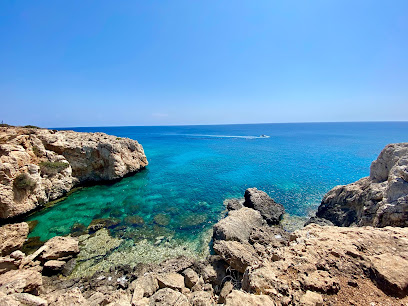
Sculpture Park
Explore the Sculpture Park in Ayia Napa, a stunning blend of art and nature, showcasing captivating sculptures amidst breathtaking Mediterranean views.
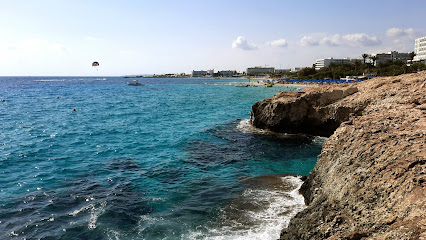
Parko Paliatso Luna Park
Experience the thrill of adventure at Parko Paliatso Luna Park in Ayia Napa, a premier amusement park offering rides, dining, and unforgettable family fun.
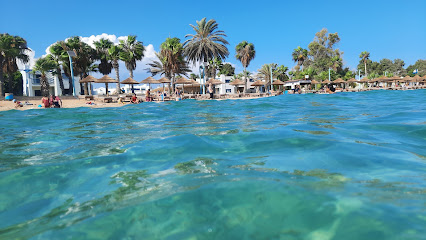
Cape Cavo Greco
Explore the natural beauty and rich biodiversity of Cape Cavo Greco, a stunning nature preserve near Ayia Napa, Cyprus.
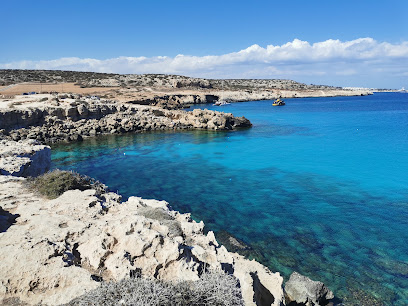
Ayia Napa Monument
Discover the historic Ayia Napa Monument, where Cyprus's rich heritage meets stunning landscapes in a tranquil setting.
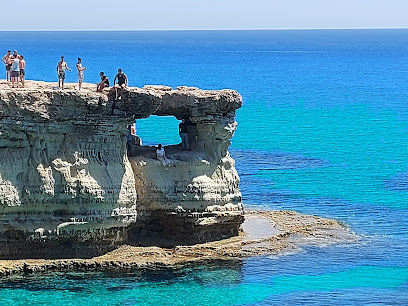
Bridge of Love
Experience romance at the Bridge of Love in Ayia Napa, Cyprus, where stunning views and love stories intertwine in a picturesque coastal setting.
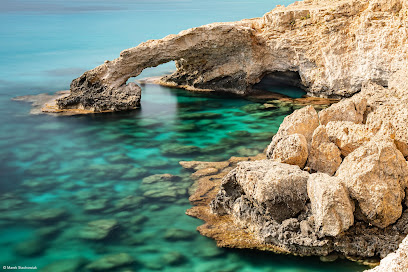
Crow's Arch
Discover the breathtaking beauty of Crow's Arch, a stunning natural landmark in Protaras, Cyprus, perfect for photography and nature lovers.
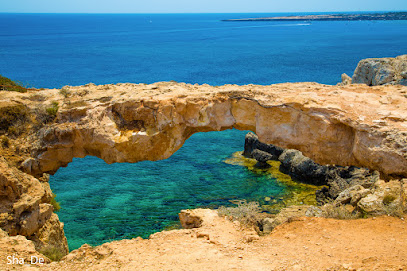
Ayia Napa Island
Explore Ayia Napa Island's stunning beaches, vibrant nightlife, and rich cultural heritage in the heart of Cyprus.
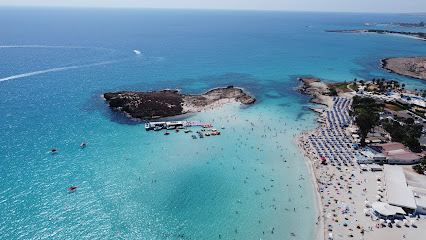
Monastery of Ayia Napa
Discover the Monastery of Ayia Napa: a historical gem of Eastern Orthodox heritage nestled in the vibrant town of Ayia Napa, Cyprus.
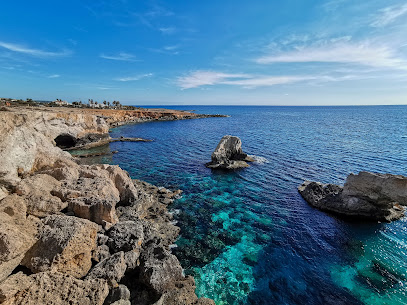
Ayioi Anargiroi Church
Explore the serene beauty of Ayioi Anargiroi Church in Ayia Napa, a stunning example of Greek Orthodox architecture and a cultural gem in Cyprus.
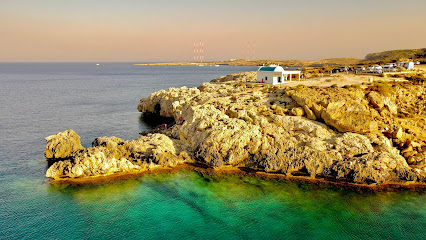
Thalassa
Explore Cyprus's rich maritime heritage at Thalassa Museum in Ayia Napa, a captivating destination for history lovers and culture seekers.
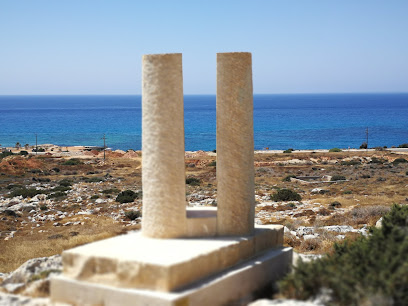
Agia Napa Promenade
Discover the lively atmosphere of Agia Napa Promenade, where stunning coastal views meet vibrant nightlife and local culture in Cyprus.
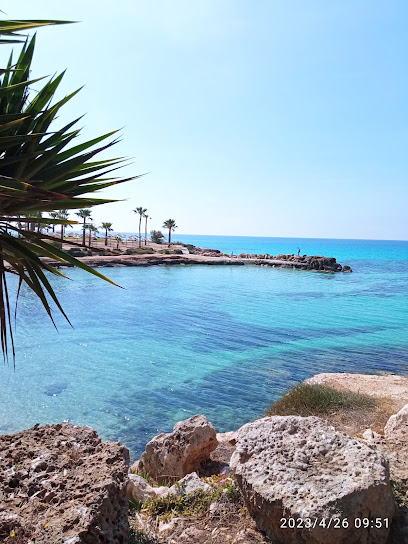
Ayia Thekla Chapel
Discover the tranquil beauty of Ayia Thekla Chapel, a historic Greek Orthodox sanctuary overlooking the stunning Mediterranean Sea in Ayia Napa, Cyprus.
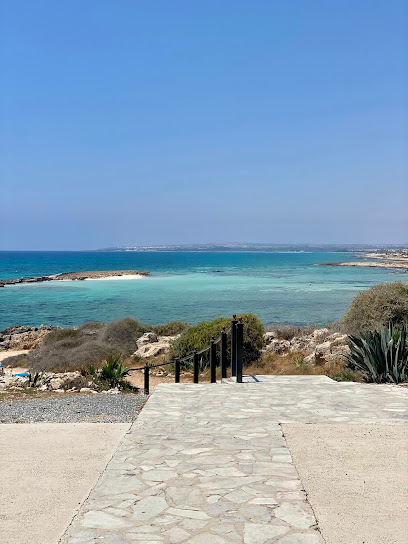
Ammos Kambouri Beach
Discover the tranquil beauty of Ammos Kambouri Beach in Ayia Napa, where golden sands meet crystal-clear waters for the ultimate relaxing getaway.

Dolfin's Luna Park (Ayia Napa Harbour)
Experience the excitement and joy of Dolfin's Luna Park, the ultimate amusement park in Ayia Napa, where fun meets stunning seaside views.
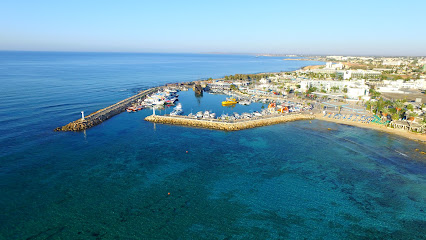
Unmissable attractions to see
Mackenzie Beach
Discover the beauty of Mackenzie Beach in Cyprus, where golden sands meet vibrant atmosphere and endless fun awaits every visitor.
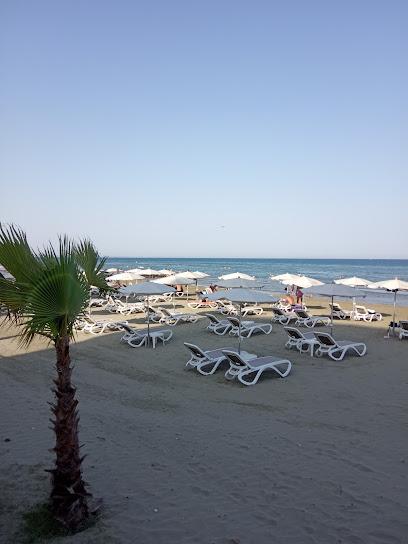
Kastella Beach - Blue Flag
Discover the sun-kissed shores of Kastella Beach in Larnaca, Cyprus, a Blue Flag gem ideal for relaxation and vibrant seaside activities.
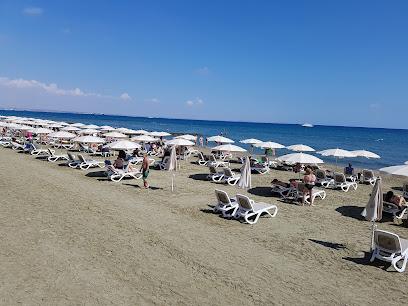
Thalassa
Explore the Thalassa Museum in Ayia Napa, where Cyprus' maritime history comes to life through captivating exhibits and local art.
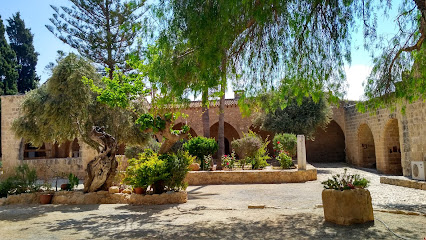
Emmeleia sea cave
Explore Emmeleia Sea Cave in Ayia Napa, Cyprus – a breathtaking natural wonder perfect for swimming, snorkeling, and relaxation.
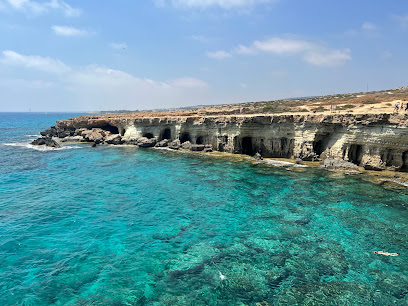
Πάρκο Κάκτων & Παχύφυτων
Explore the artistic and natural beauty of Park Kaktos & Pachyfon in Ayia Napa, where cacti and sculptures create a tranquil escape.
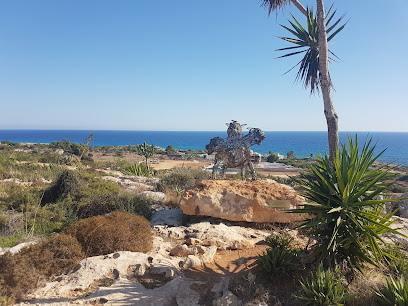
Tree of Lovers
Discover the enchanting Tree of Lovers in Ayia Napa, a romantic symbol of love surrounded by stunning natural beauty.
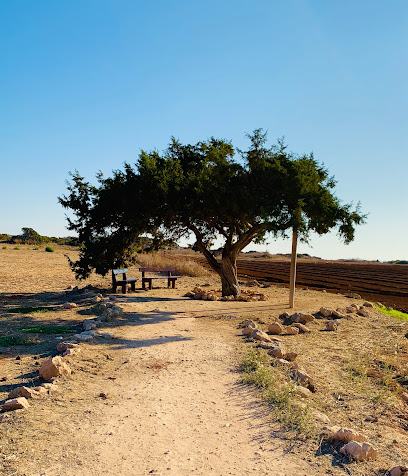
Makronissos Archaeological Site
Explore the enchanting Makronissos Archaeological Site in Ayia Napa, where ancient history and stunning coastal beauty come together.
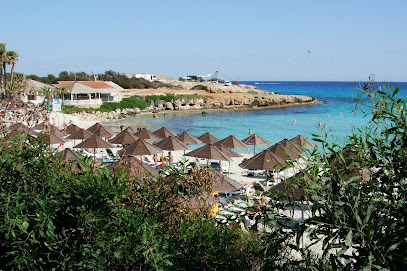
Pierides Museum - Bank of Cyprus Cultural Foundation
Explore the fascinating history of Cyprus at the Pierides Museum, a premier archaeological gem in Larnaca showcasing ancient artifacts and cultural heritage.
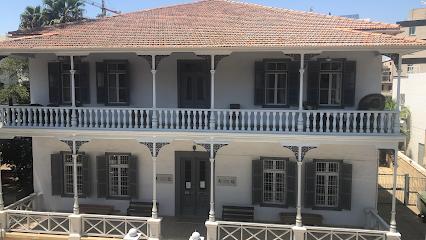
Cyprus Taste Tours - Ayia Napa
Experience the authentic taste of Cyprus with guided tours combining local cuisine, exquisite wines, and breathtaking sights in Ayia Napa.

Ayia Napa Aqueduct
Experience the beauty and history of the Ayia Napa Aqueduct, a hidden gem in Cyprus showcasing stunning architecture and serene landscapes.
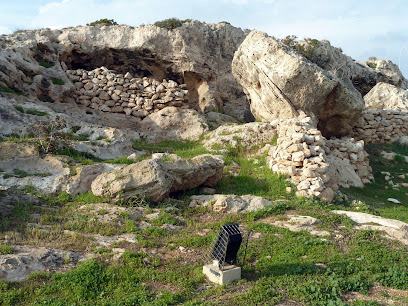
Tower of Rigena
Discover the Tower of Rigena in Perivolia, a captivating historical landmark that offers breathtaking views and a glimpse into Cyprus's rich heritage.
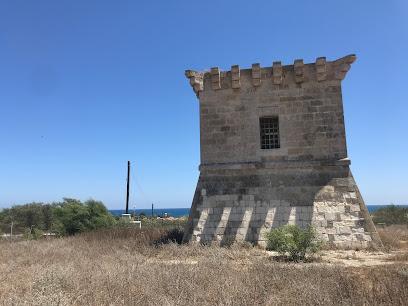
Αποβάθρα Λούκκος του Μάντη
Discover the breathtaking natural beauty of Cape Greco in Ayia Napa, Cyprus, featuring stunning cliffs, azure waters, and rich biodiversity.
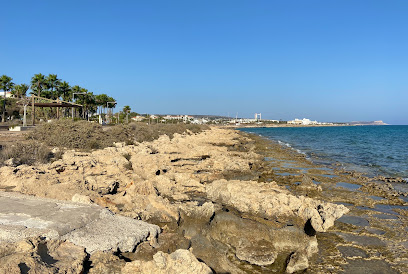
Park
Explore the tranquil Park in Ayia Napa, a serene escape filled with lush greenery, perfect for relaxation and family fun in Cyprus's beautiful landscape.
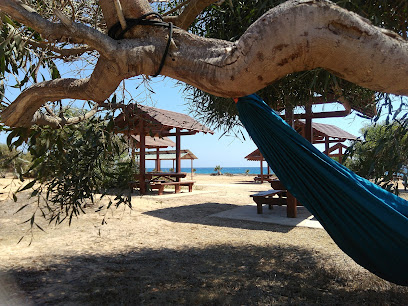
Kavo's View Point
Experience the breathtaking beauty of Kavo's View Point in Ayia Napa, Cyprus, where stunning views of the Mediterranean Sea await you.
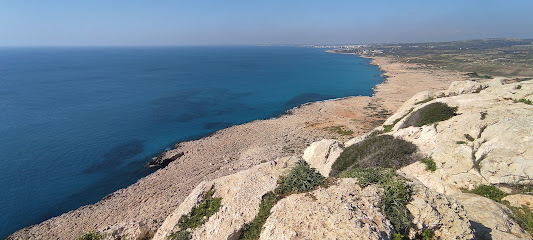
Makronissis Tombs
Discover the ancient burial site of Makronissis Tombs in Ayia Napa, Cyprus—a perfect blend of history and breathtaking natural beauty.
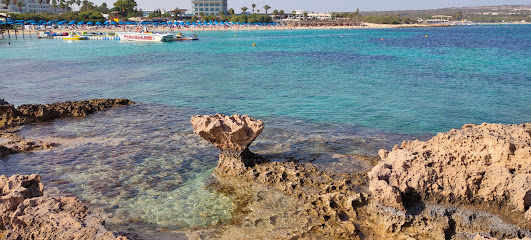
Essential places to dine
Old Village Tavern
Savor traditional Greek cuisine at Old Village Tavern in Ayia Napa – where authentic flavors meet warm hospitality.
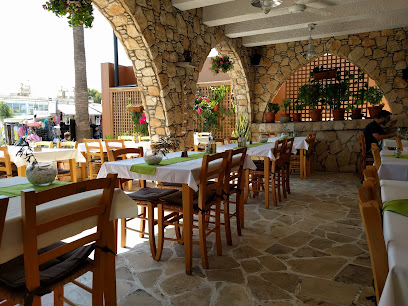
Atlas
Discover culinary excellence at Atlas in Ayia Napa - where local flavors meet international flair in a vibrant dining atmosphere.
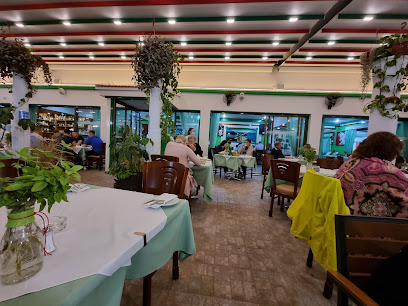
Flames restaurant and bar
Discover Flames Restaurant and Bar in Ayia Napa - where exquisite flavors meet vibrant atmosphere for an unforgettable dining experience.
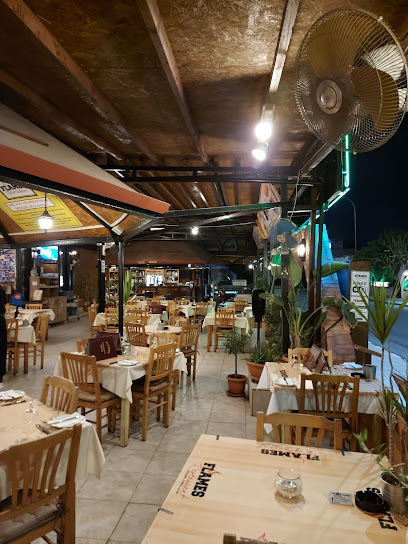
Mangas Restaurant
Discover authentic Cypriot cuisine at Mangas Restaurant in Ayia Napa - where every dish tells a story.
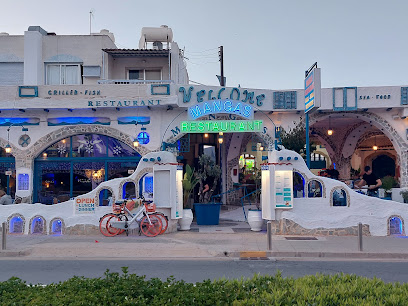
Isola Beach Bar
Experience Mediterranean flavors at Isola Beach Bar in Ayia Napa—where relaxation meets vibrant coastal culture.
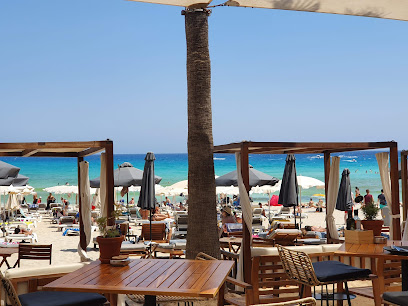
Gardens Restaurant
Discover the vibrant culinary scene at Gardens Restaurant in Ayia Napa, where delicious flavors meet stunning surroundings.
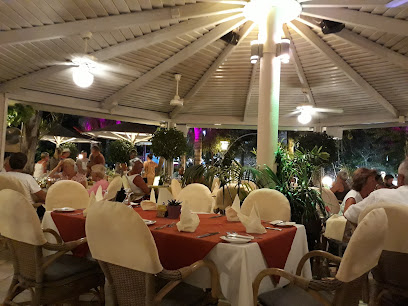
Gary's bar and grill
Discover flavorful grilled delights and hearty breakfasts at Gary's Bar and Grill in Ayia Napa - a culinary haven for every food lover.
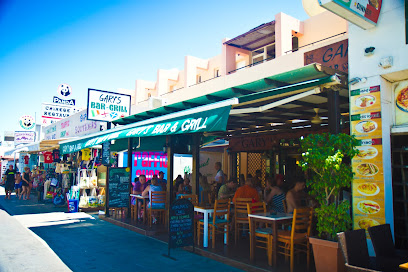
Agrotikon
Discover Agrotikon in Ayia Napa: A vibrant restaurant offering authentic Cypriot cuisine amidst stunning Mediterranean surroundings.
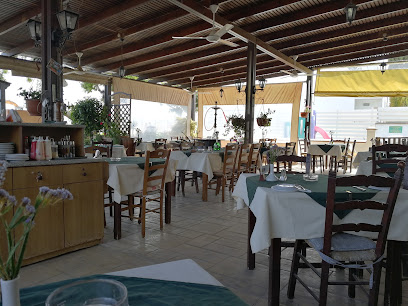
Sacramento Restaurant
Experience the essence of Mediterranean cuisine at Sacramento Restaurant in Ayia Napa - where flavors meet hospitality.
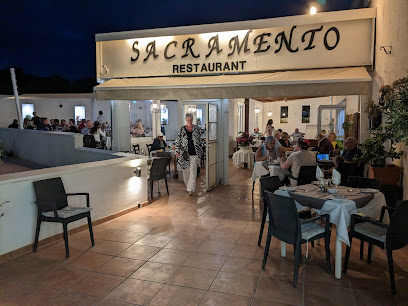
Asador Restaurant
Experience the finest grilled meats and Cypriot hospitality at Asador Restaurant in Ayia Napa – a culinary delight not to be missed!
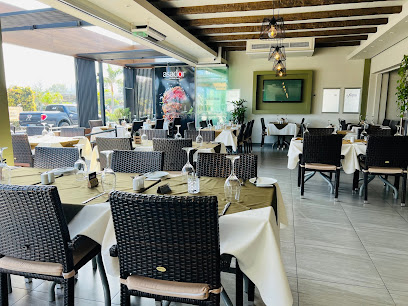
RASOI INDIAN CUISINE
Experience the essence of India at Rasoi Indian Cuisine in Ayia Napa - where authentic flavors meet delightful hospitality.
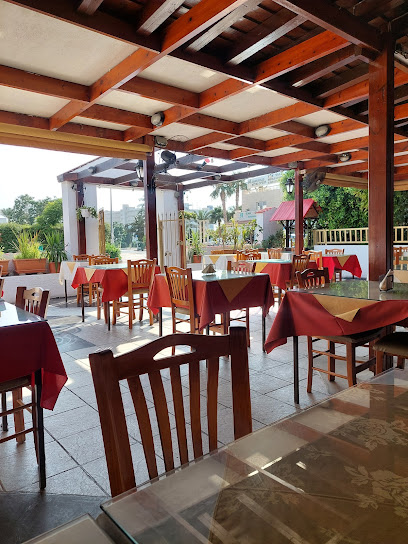
Lasmari Beach
Discover Lasmari Beach: A breathtaking destination in Ayia Napa with golden sands and azure waters perfect for relaxation and adventure.
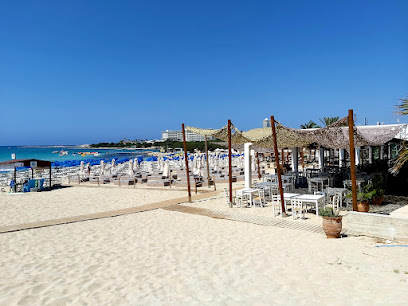
Dione Restaurant
Discover Dione Restaurant in Ayia Napa: A delightful culinary experience blending local flavors with modern flair amidst stunning Mediterranean views.
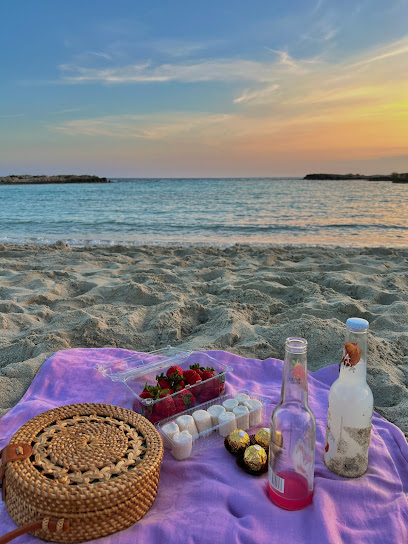
Taverna Nissi by Nissi Beach
Experience authentic Mediterranean cuisine with breathtaking views at Taverna Nissi near Nissi Beach in Ayia Napa.
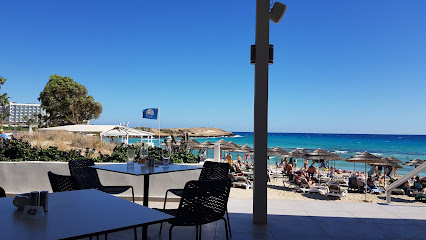
Stratovarius Bar & Dining
Discover the exquisite flavors at Stratovarius Bar & Dining in Ayia Napa—where culinary excellence meets vibrant atmosphere.

Markets, malls and hidden boutiques
Twins Shop
Uncover unique souvenirs and high-quality vaporizers at Twins Shop, the must-visit destination for tourists in Ayia Napa, Cyprus.

Stathis Shopping center
Explore Stathis Shopping Center in Ayia Napa for unique gifts, stylish clothing, and local souvenirs that capture the spirit of Cyprus.
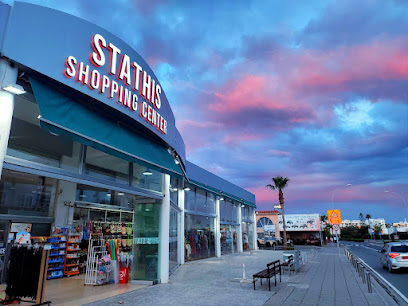
Plaza Shopping Center
Discover unique gifts and local treasures at the Plaza Shopping Center in Ayia Napa, offering a vibrant shopping experience for every traveler.
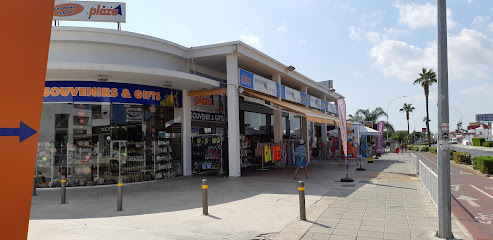
Taste of Life
Discover the essence of Cyprus at Taste of Life, where local flavors and unique gifts come together in Ayia Napa.
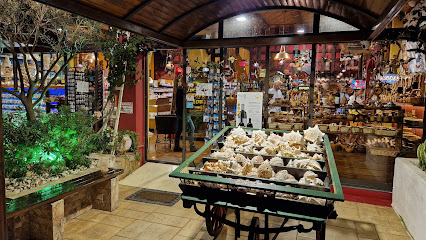
Ankome Supermarket
Discover local flavors at Ankome Supermarket, your one-stop grocery store in Ayia Napa, Cyprus, offering fresh produce and international delights.
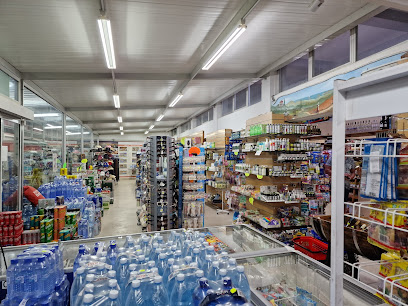
London Clothing Company
Discover trendy apparel and stylish clothing at the London Clothing Company in Ayia Napa, Cyprus - your go-to shopping destination.

Aphrodite Gift Shop
Explore Aphrodite Gift Shop in Ayia Napa for unique Cypriot souvenirs, handcrafted jewelry, and local crafts in a charming atmosphere.
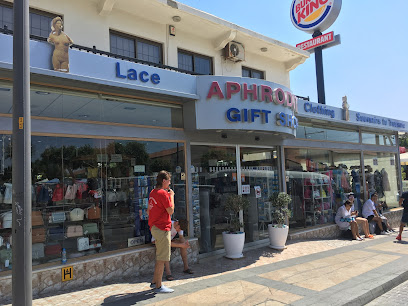
HALCYON Multistore 2
Explore diverse shopping experiences at HALCYON Multistore, Ayia Napa – your gateway to fashion, culture, and unique Cypriot treasures.
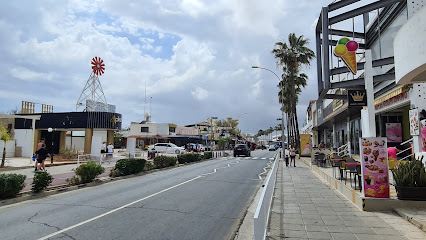
Designer ⭐ Lounge
Explore Designer Lounge in Ayia Napa: Your ultimate destination for stylish clothing and unique fashion pieces in Cyprus.

TIMINIS Nissi Ayia Napa
Explore the latest fashion trends at Timinis Nissi in Ayia Napa and discover unique clothing and accessories for your Mediterranean adventure.

Perfetto Uomo- Figlioli (Agia Napa)
Explore stylish men's fashion at Perfetto Uomo- Figlioli in Ayia Napa, where quality meets affordability in a chic shopping environment.
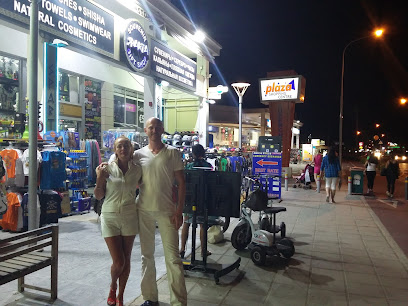
Sparta shop
Explore Sparta Shop in Ayia Napa for unique souvenirs, stylish clothing, and exciting gadgets that capture the spirit of Cyprus.
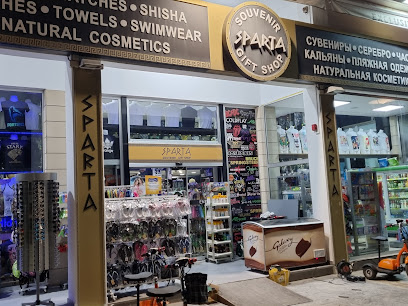
Y2k Boutique
Explore Y2k Boutique in Ayia Napa for trendy clothing and accessories that capture the spirit of Cypriot fashion. Perfect for stylish tourists!

Brandshop
Explore luxury fashion at Brandshop in Ayia Napa, featuring exclusive collections from top designer brands like Versace and Valentino.

AENEAS
Discover AENEAS in Ayia Napa, your ultimate grocery destination for fresh produce, local delicacies, and everyday essentials.
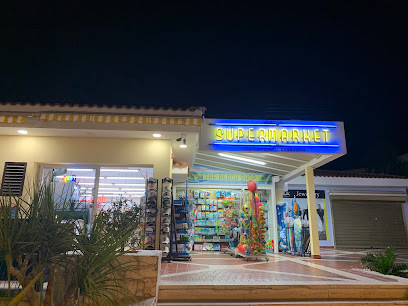
Essential bars & hidden hideouts
Nissi Bay Beach Bar
Discover the vibrant atmosphere and stunning views at Nissi Bay Beach Bar, the perfect spot for relaxation and fun in Ayia Napa, Cyprus.
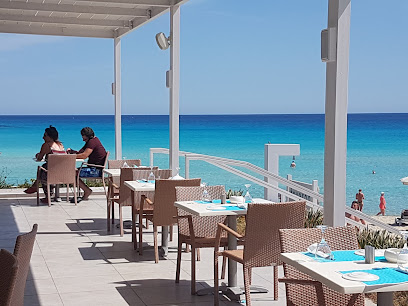
Isola Beach Bar
Experience the essence of Mediterranean dining at Isola Beach Bar in Ayia Napa, where stunning views meet delicious cuisine and vibrant atmosphere.
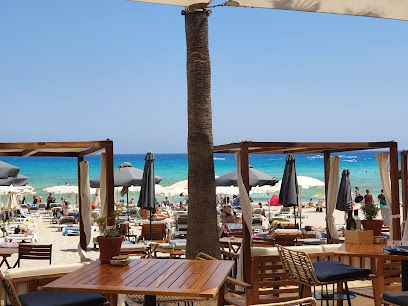
Paddy's Irish Bar
Discover the vibrant nightlife of Ayia Napa at Paddy's Irish Bar, where great food, drinks, and live entertainment create memorable experiences.
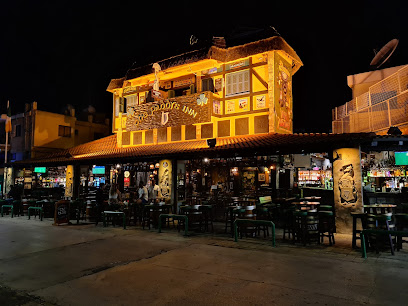
Gary's bar and grill
Experience exquisite grilled dishes and hearty breakfasts at Gary's Bar and Grill in Ayia Napa, Cyprus, a culinary haven for food lovers.
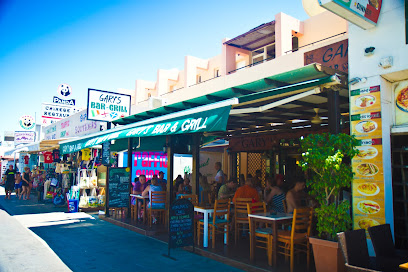
Living Room Cafe - Lounge Bar
Experience the perfect blend of relaxation and nightlife at Living Room Cafe - Lounge Bar in Ayia Napa, Cyprus.
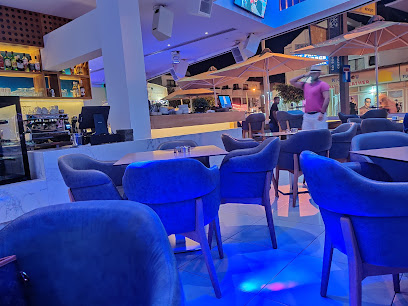
Odyssos Tavern Sports Bar
Experience the ultimate sports bar atmosphere at Odyssos Tavern in Ayia Napa, where food, fun, and games come together for an unforgettable experience.
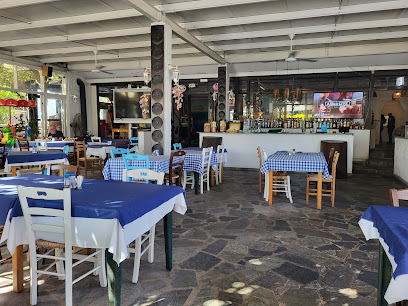
Taverna Nissi by Nissi Beach
Savor the flavors of Cyprus at Taverna Nissi, a beachfront gem offering traditional dishes and stunning views in Ayia Napa.
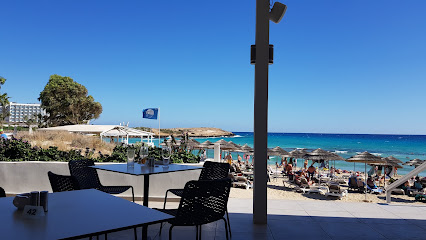
Zic Zac Bar (Swiss Bar)
Discover the vibrant nightlife at Zic Zac Bar, a Swiss-themed bar in Ayia Napa, offering unique cocktails and a warm, welcoming atmosphere.
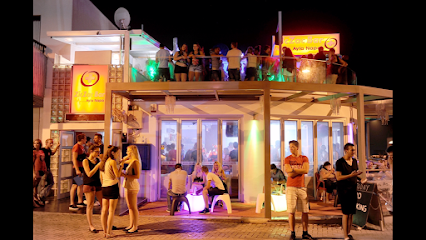
Levels Beach Bar
Experience the vibrant atmosphere and stunning views at Levels Beach Bar in Ayia Napa, where delicious cuisine meets the beauty of the Mediterranean.
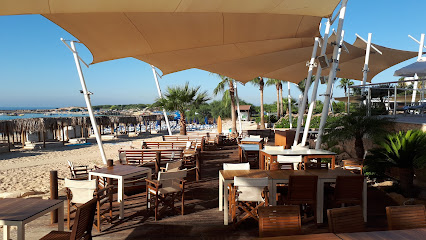
Petra Snack Bar
Experience the vibrant flavors of Cyprus at Petra Snack Bar, a must-visit culinary gem in Ayia Napa for every traveler.
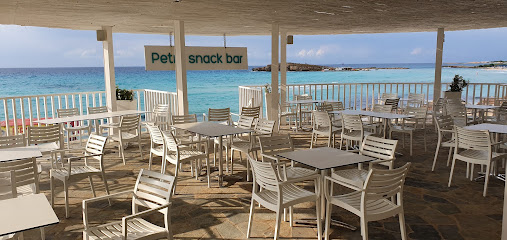
Panorama Rooftop Bar
Discover breathtaking views and exquisite cocktails at Ayia Napa's Panorama Rooftop Bar, where elegance meets vibrant nightlife.
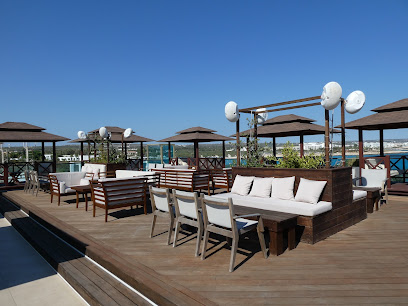
Carina sports bar
Experience the vibrant atmosphere of Carina Sports Bar in Ayia Napa, where sports, food, and fun come together for an unforgettable night out.
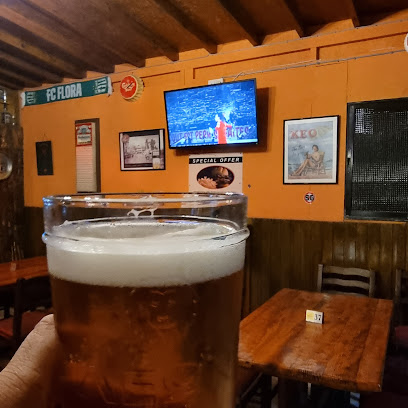
Luma Bar | Nissi Beach
Luma Bar at Nissi Beach offers a captivating blend of refreshing drinks, lively atmosphere, and stunning beachside views in Ayia Napa, Cyprus.
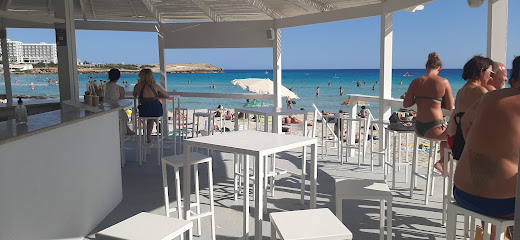
Habanos Lounge
Discover the ultimate cigar and cocktail experience at Habanos Lounge in Ayia Napa, a haven for relaxation and indulgence.

Florence Cocktail Bar
Discover the vibrant nightlife at Florence Cocktail Bar in Ayia Napa, where expertly crafted cocktails and a lively atmosphere await every visitor.
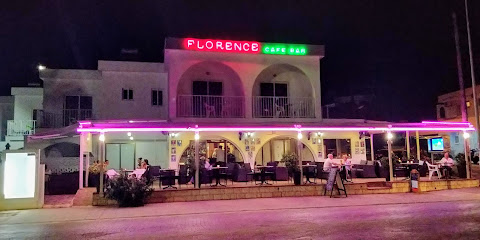
Local Phrases about Nissi Beach
-
- HelloΓεια σας
[Yia sas] - GoodbyeΑντίο
[Adio] - YesΝαι
[Ne] - NoΌχι
[Ochi] - Please/You're welcomeΠαρακαλώ
[Parakalo] - Thank youΕυχαριστώ
[Efharisto] - Excuse me/SorryΣυγγνώμη
[Signomi] - How are you?Τι κάνετε;
[Ti kanete?] - Fine. And you?Καλά. Εσείς;
[Kala. Esis?] - Do you speak English?Μιλάτε αγγλικά;
[Milate anglika?] - I don't understandΔεν καταλαβαίνω
[Den katalaveno]
- HelloΓεια σας
-
- I'd like to see the menu, pleaseΘα ήθελα να δω το μενού, παρακαλώ
[Tha ithela na do to menou, parakalo] - I don't eat meatΔεν τρώω κρέας
[Den troo kreas] - Cheers!ΥΓΕΙΑ!
[Yia!] - I would like to pay, pleaseΘα ήθελα να πληρώσω, παρακαλώ
[Tha ithela na plirosso, parakalo]
- I'd like to see the menu, pleaseΘα ήθελα να δω το μενού, παρακαλώ
-
- Help!Βοήθεια!
[Voithia!] - Go away!Φύγε!
[Fyge!] - Call the Police!Καλέστε την Αστυνομία!
[Kaleste tin Astynomia!] - Call a doctor!Καλέστε ένα γιατρό!
[Kaleste ena giatro!] - I'm lostΧάθηκα
[Hathika] - I'm illΕίμαι άρρωστος
[Ime arrostos]
- Help!Βοήθεια!
-
- I'd like to buy...Θα ήθελα να αγοράσω...
[Tha ithela na agoraso...] - I'm just lookingΑπλά κοιτάζω
[Apla koytazo] - How much is it?Πόσο κοστίζει;
[Poso kostizi?] - That's too expensiveΑυτό είναι πολύ ακριβό
[Afto ine poli akrivo] - Can you lower the price?Μπορείτε να μειώσετε την τιμή;
[Borite na meioste tin timi?]
- I'd like to buy...Θα ήθελα να αγοράσω...
-
- What time is it?Τι ώρα είναι;
[Ti ora ine?] - It's one o'clockΕίναι μία ώρα
[Ine mia ora] - Half past (10)Μισή (10)
[Misi (deka)] - MorningΠρωί
[Proi] - AfternoonΑπόγευμα
[Apoyevma] - EveningΒράδυ
[Vradi] - YesterdayΧθες
[Hthes] - TodayΣήμερα
[Simera] - TomorrowΑύριο
[Avrio] - 1Ένα
[Ena] - 2Δύο
[Dio] - 3Τρία
[Tria] - 4Τέσσερα
[Tessera] - 5Πέντε
[Pente] - 6Έξι
[Exi] - 7Επτά
[Epta] - 8Οκτώ
[Okto] - 9Εννιά
[Ennia] - 10Δέκα
[Deka]
- What time is it?Τι ώρα είναι;
-
- Where's a/the...?Πού είναι ένα/το...;
[Pou ine ena/to...?] - What's the address?Ποια είναι η διεύθυνση;
[Pia ine i diefthinsi?] - Can you show me (on the map)?Μπορείτε να μου δείξετε (στο χάρτη);
[Borite na mou dixete (sto charti)?] - When's the next (bus)?Πότε είναι το επόμενο (λεωφορείο);
[Pote ine to epomeno (leoforeio)?] - A ticket (to ....)Ένα εισιτήριο (για το ....)
[Ena isitirio (gia to ....)]
- Where's a/the...?Πού είναι ένα/το...;
History of Nissi Beach
-
Nissi Beach, located on the southeastern coast of Cyprus, has a history that stretches back to antiquity. The area was part of the ancient city-kingdom of Salamis, which was founded around 1100 BC. Salamis was one of the most important city-states in ancient Cyprus, and its influence extended to the coastal regions, including what is now Nissi Beach.
-
During the Byzantine period, from the 4th to the 12th century AD, Cyprus experienced significant cultural and religious developments. The island, including the Nissi Beach area, saw the construction of numerous churches and monasteries. Although there are no major Byzantine structures remaining directly on Nissi Beach, the influence of this period is evident in the architecture found in nearby villages and towns.
-
In the late 15th century, Cyprus came under the control of the Venetian Republic. The Venetians fortified the island to protect it from Ottoman raids. While Nissi Beach itself was not heavily fortified, the nearby town of Famagusta became a significant Venetian stronghold. The remnants of Venetian walls and structures can still be seen in the region, reflecting the military and architectural advancements of the time.
-
In 1571, the Ottomans conquered Cyprus, ushering in a period of Ottoman rule that lasted until the late 19th century. The Nissi Beach area, like the rest of the island, experienced changes in administration, culture, and demographics. The influence of Ottoman architecture and culture is still visible in the surrounding areas, contributing to the rich tapestry of Cypriot history.
-
Cyprus became a British colony in 1878, a status that lasted until 1960. During this period, the island saw significant infrastructural and administrative changes. Nissi Beach began to gain popularity as a tourist destination in the early 20th century, attracting visitors with its pristine sands and clear waters. The British influence is evident in the development of the area, including the establishment of hotels and tourist facilities.
-
After Cyprus gained independence in 1960, Nissi Beach rapidly developed into one of the island's most popular tourist destinations. The beach's natural beauty, combined with modern amenities, has attracted visitors from around the world. Today, Nissi Beach is renowned for its vibrant nightlife, water sports, and family-friendly environment, making it a key highlight of Cyprus' tourism industry.
Nissi Beach Essentials
-
Nissi Beach is located in Ayia Napa on the southeastern coast of Cyprus. The nearest international airport is Larnaca International Airport, approximately 45 kilometers away. From the airport, you can take a taxi or a shuttle bus directly to Nissi Beach. Alternatively, you can rent a car and drive; the journey takes around 40 minutes via the A3 motorway.
-
Transportation around Nissi Beach and Ayia Napa is convenient. Local buses run frequently and connect Nissi Beach with other parts of Ayia Napa and nearby towns. Taxis are readily available and can be hailed on the street or booked via phone. Car rentals are also a popular option for those who prefer to explore at their own pace. Bicycles and scooters are available for rent for short-distance travel.
-
The official currency in Cyprus is the Euro (€). Credit and debit cards are widely accepted in hotels, restaurants, and shops around Nissi Beach. ATMs are plentiful and can be found in Ayia Napa town and near the beach. However, it is advisable to carry some cash for smaller establishments or when visiting more remote areas.
-
Nissi Beach and Ayia Napa are generally safe destinations for tourists. However, as in any popular tourist area, it is important to stay vigilant. Avoid leaving your belongings unattended on the beach and be cautious in crowded areas. There are no specific high-crime areas targeting tourists, but standard precautions such as avoiding poorly lit areas at night should be observed.
-
In case of emergency, dial 112 for immediate assistance. The local police station and medical facilities are available in Ayia Napa. It is recommended to have travel insurance that covers medical emergencies. For minor health issues, there are pharmacies in the area where you can purchase over-the-counter medications.
-
Fashion: Do wear light and breathable clothing suitable for the beach. Don't wear swimwear outside of the beach area or poolside. Religion: Do respect local religious customs, especially if visiting churches or monasteries. Dress modestly and cover your shoulders and knees. Public Transport: Do wait patiently for buses and give up your seat for elderly passengers. Don't eat or drink on public transport. Greetings: Do greet people with a friendly 'Hello' or 'Kalimera'. A handshake is common in formal settings. Eating & Drinking: Do try local Cypriot dishes and seafood. Don't refuse hospitality, as it is considered impolite.
-
To experience Nissi Beach like a local, visit early in the morning or late in the afternoon to avoid the peak tourist crowds. Try local tavernas for authentic Cypriot cuisine. Participate in local festivals and events to immerse yourself in the culture. Renting a bicycle for a leisurely ride along the coast is a great way to explore the area. Don't miss the opportunity to take a boat trip to explore nearby caves and hidden beaches.
Trending Landmarks in Nissi Beach
Nearby Cities to Nissi Beach
-
Things To Do in Protaras
-
Things To Do in Famagusta
-
Things To Do in Larnaca
-
Things To Do in Nicosia
-
Things To Do in Kyrenia
-
Things To Do in Limassol
-
Things To Do in Troodos
-
Things To Do in Pissouri
-
Things To Do in Polis Chrysochous
-
Things To Do in Paphos
-
Things To Do in Kato Paphos
-
Things To Do in Batroun
-
Things To Do in Byblos
-
Things To Do in Beirut
-
Things To Do in Jounieh











